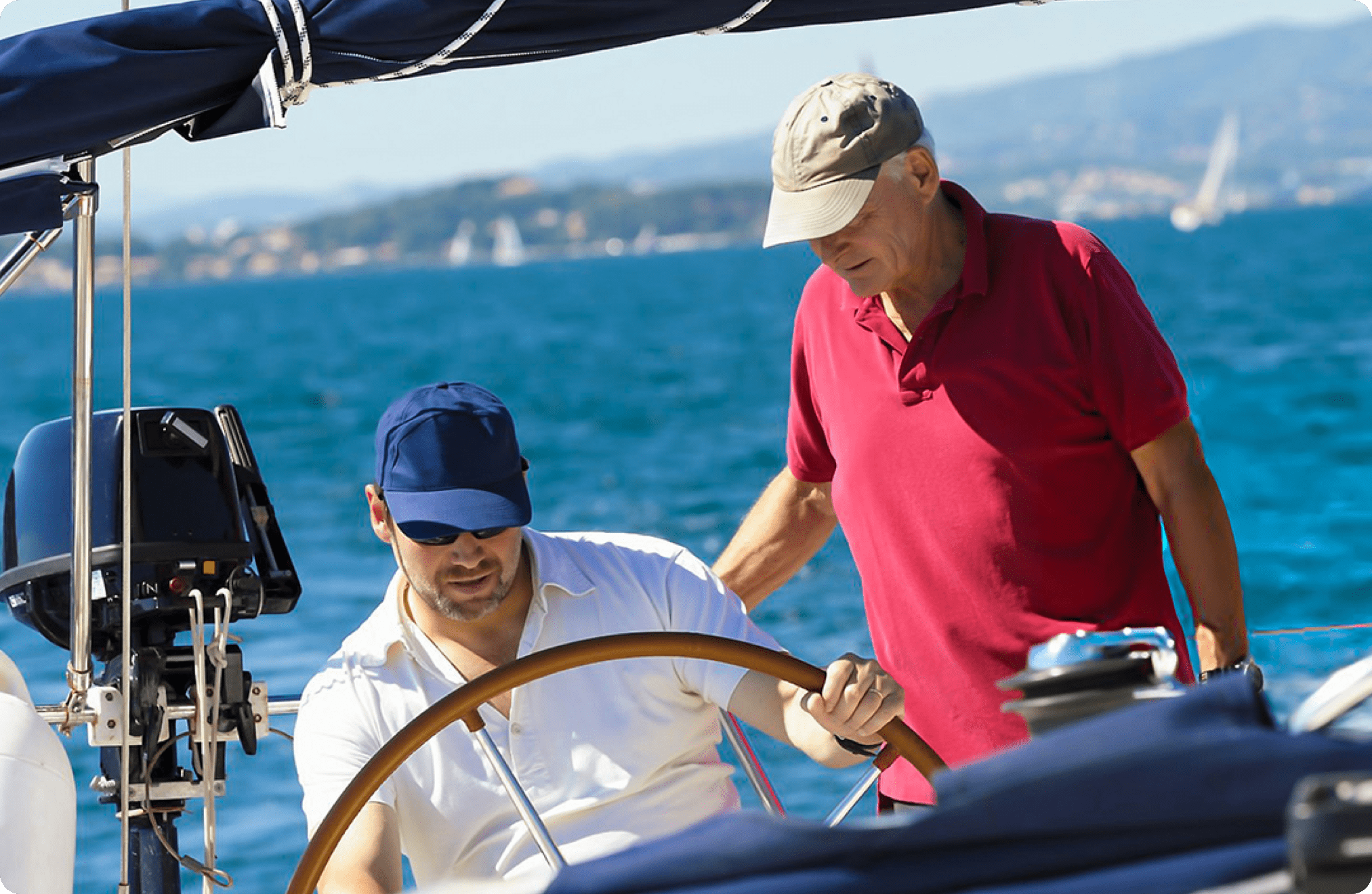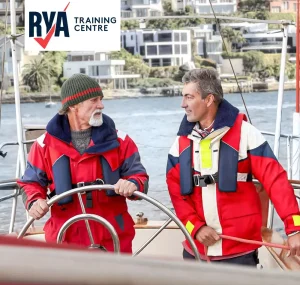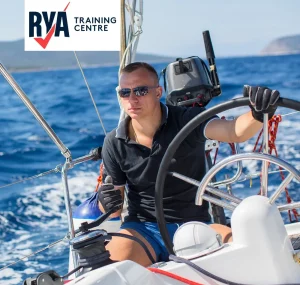Learn essential rigging techniques and how to set and adjust sails.

CategoryRYA Cruising Courses / Beginner / On Water Practical

This introduction is designed for those new to sailing, offering foundational insight into yacht handling under sail. By the end of the course, you’ll develop essential practical techniques and gain core theoretical knowledge. It’s highly recommended to follow this initial overview with a basic skills course to reinforce and expand your newfound abilities.

Learn essential rigging techniques and how to set and adjust sails.

Practice tacking, gybing, and sail trimming for confident handling.

Master essential knots and rope management for secure and efficient sailing.

Understand life jacket use, safety harnesses, and man overboard recovery procedures.

Gain awareness of right-of-way rules and safe interaction with other vessels.

Discover how to source and interpret weather forecasts for informed sailing decisions.
Immerse yourself in a comprehensive sailing experience that combines practical skills and theoretical knowledge, ensuring you gain the confidence and competence needed to handle a yacht safely.
During the Practical portion of the course, you will begin by exploring Rigging fundamentals. You’ll learn about spars, rigging, and the essential parts of the sail—such as the mast, spreaders, and the tack, clew, and head—while developing an awareness of wind both ashore and afloat. You’ll discover how to handle halyards correctly, operate winches safely, and appreciate the importance of preventing dangerous overrides.
Next, you will delve into Sailing Techniques and Manoeuvres, focusing on the four essentials: sail setting, balance, boat trim, and course made good. Here, you’ll practice setting the jib and mainsail correctly for different points of sail, learn how to achieve a balanced reach, and master tacking (turning the front of the boat through the wind) and gybing (turning the back of the boat through the wind). Controlling speed, sailing upwind, and sailing downwind will also be covered, with an emphasis on clear communication during every manoeuvre.
You will then focus on Slipping and Coming Alongside, gaining insights into your role when departing or arriving at a mooring. This includes the correct use of a boat hook, securing mooring lines, and maintaining effective communication to minimize risks and ensure a smooth departure under both sail and power.
In the Ropework segment, you’ll reinforce your knowledge of essential knots—like the round turn and two half hitches, the clove hitch, and the bowline—and learn to secure ropes to a cleat and attach fenders properly. Meanwhile, Clothing and Equipment training ensures you can correctly fit and demonstrate various types of life jackets and safety harnesses, taking into account jack stays, strong points, and circumstances where safety rails may not be used.
As safety is paramount, the Emergency Equipment and Precautions section teaches you to identify the hazards associated with fuel and gas, including proper ventilation and emergency shut-off procedures. You’ll learn where safety equipment is stowed and how to use it, from fire blankets to extinguishers. Crucially, you’ll practice the steps involved in man overboard recovery under both power and sail, including the deployment of a life ring and the importance of raising an immediate alarm.
The Theory portion of the course begins with a deeper look at Clothing and Equipment, examining the principles of personal safety and buoyancy. You’ll gain an understanding of boom awareness, safe handholds on deck, and the importance of proper footwear, gloves, and sun protection.
Building on this, the Sailing Background segment covers interaction with other water users and explains basic collision-avoidance rules—covering power and sail hierarchies, port and starboard distinctions, and the significance of visual checks for overtaking boats. You’ll also learn different ways to attract attention in an emergency using distress signals.
Finally, the course addresses Meteorology, guiding you on how and where to obtain accurate weather forecasts via apps, radio broadcasts, and official agencies. You’ll discuss the limitations of weather models, regional forecast accuracies, and essential factors to consider when planning a sailing trip.
By the end of this program, you’ll possess the hands-on skills and theoretical understanding needed to sail responsibly, communicate effectively with your crew, and respond confidently to any challenges on the water.


Let us know how we can help you, simply fill out the details below.
Please fill out the form below to receive price details
Let us know how we can help you, simply fill out the details below.